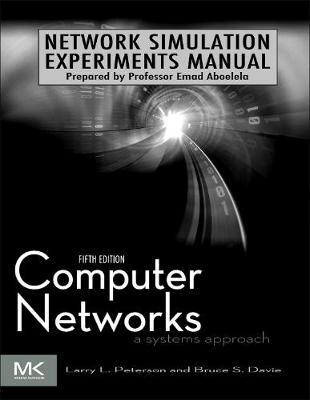The Morgan Kaufmann Series in Networking
1 total work
Network Simulation Experiments Manual, Third Edition, is a practical tool containing detailed, simulation-based experiments to help students and professionals learn about key concepts in computer networking. It allows the networking professional to visualize how computer networks work with the aid of a software tool called OPNET to simulate network function. OPNET provides a virtual environment for modeling, analyzing, and predicting the performance of IT infrastructures, including applications, servers, and networking technologies. It can be downloaded free of charge and is easy to install.
The book’s simulation approach provides a virtual environment for a wide range of desirable features, such as modeling a network based on specified criteria and analyzing its performance under different scenarios. The experiments include the basics of using OPNET IT Guru Academic Edition; operation of the Ethernet network; partitioning of a physical network into separate logical networks using virtual local area networks (VLANs); and the basics of network design. Also covered are congestion control algorithms implemented by the Transmission Control Protocol (TCP); the effects of various queuing disciplines on packet delivery and delay for different services; and the role of firewalls and virtual private networks (VPNs) in providing security to shared public networks. Each experiment in this updated edition is accompanied by review questions, a lab report, and exercises.
Networking designers and professionals as well as graduate students will find this manual extremely helpful.
The book’s simulation approach provides a virtual environment for a wide range of desirable features, such as modeling a network based on specified criteria and analyzing its performance under different scenarios. The experiments include the basics of using OPNET IT Guru Academic Edition; operation of the Ethernet network; partitioning of a physical network into separate logical networks using virtual local area networks (VLANs); and the basics of network design. Also covered are congestion control algorithms implemented by the Transmission Control Protocol (TCP); the effects of various queuing disciplines on packet delivery and delay for different services; and the role of firewalls and virtual private networks (VPNs) in providing security to shared public networks. Each experiment in this updated edition is accompanied by review questions, a lab report, and exercises.
Networking designers and professionals as well as graduate students will find this manual extremely helpful.
